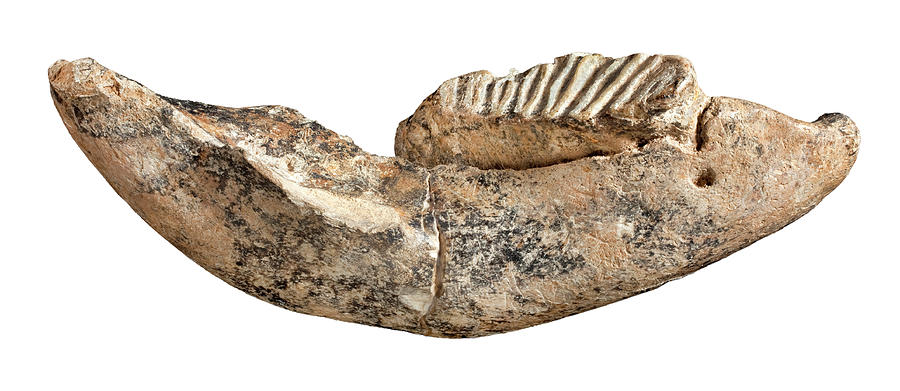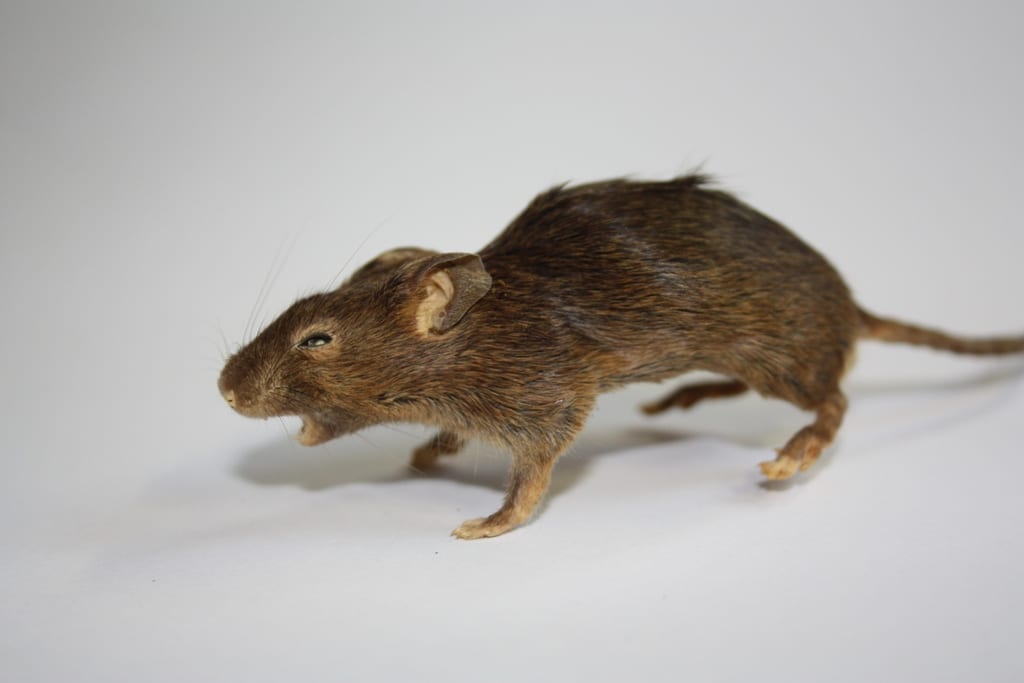
We were very excited to kick off our new Year Nine Museum Course this week with a workshop from Sarah Lloyd, outreach officer at Oxford's Natural History Museum. The course will enable students to explore a range of different museums through visits and workshops; they will each then choose an aspect of museums to develop a display, which they will present at a special evening in April.
Sarah started by asking the group what they associated with the Natural History Museum. She pointed out that most people thought of it as the 'dinosaur' museum, but that actually, dinosaurs represent a small part of their very large collections. She showed everyone an image of a large, whitish, ridged object, before bringing out the object itself. There were various guesses about what it might be. It was in fact an elephant's tooth. This particular one had been confiscated from a poacher at Heathrow Airport, and then donated to the museum. She pointed out how the texture gives us information that a picture can't. The sharp edges of this tooth indicate where it would have sat in the gum of the elephant. The weight is also an important aspect of an object. 

She showed an edible mouse which had been preserved through a process called taxidermy. She explained how the organs would be taken out and a layer of fat put in as part of the process. Creatures like fish and humans make poor taxidermy subjects as their skin is too delicate. The group also discussed the ethical questions that are now often asked about the process, and explained how the museum sought to raise and highlight these in its displays. Origins of the animals are always given. Animals usually come from zoos where they have died.
Another exhibit which Sarah had brought was a bristle worm preserved in formaldehyde. She explained that large collections of creatures preserved in this way could be found underneath the museum, where they were in storage. She pointed out that these items gave us lots of useful information, but the fact that they were not alive was a disadvantage in some ways, as living things can give us all sorts of other insights into natural history. She had brought with her some living hissing cockroaches. She explained that the males often fought, and that they noticed that the big ones would fight, and the medium sized ones would lose against the large ones. However, small ones were noted to nibble off the antennas of the large ones - since they use their antenna for seeking out females to mate with, this was a significant disadvantage. As a result, large and small ones tended to survive and reproduce, eventually leading to these two types creating separate subtypes of cockroach.
Sarah showed us a skull, which was a replica. The skull was of an early human, and had been called "Lucy", and the original had been discovered in 1974 in Africa. The skull bones dated to 2.3 million years ago, and show evidence of walking on two feet. The skull was still relatively small, showing evidence that walking on two feet came before an increase in brain size. She asked whether it made a difference whether the skull was a replica or not. A replica can give lots of useful information, but it lacks the sense of wonder in holding a very ancient object, and there is also some information that could be lost in the act of making a replica.

Finally, the group were asked to discuss whether they might be able to work out from the skull whether people spoke to each other, played as children, cared for their sick and elderly, and what they ate. Students thought that you could tell if there was care for the sick, as there might be evidence of healed bones, for example. However, things like playing needed more evidence.
It was a fascinating session, and we are very grateful to Sarah for taking the time to visit us with such interesting objects. We will be visiting the Natural History Museum next Tuesday to see more exhibits, and explore how the museum displays its collection.